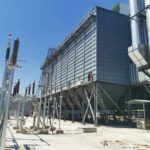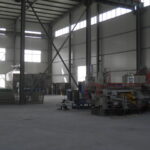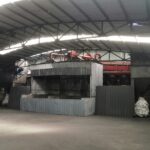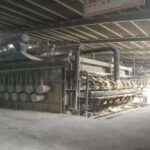In the competitive and quality-driven steel industry, the choice of auxiliary materials can significantly impact the final product’s properties, production efficiency, and overall cost. Among these crucial additives, Silicon-Calcium (Si-Ca) alloy stands out for its powerful deoxidizing and desulfurizing capabilities. However, not all Si-Ca alloys are created equal. Making an informed selection is paramount for steelmakers aiming to optimize their process and enhance product quality.
This guide outlines the key factors to consider when selecting silicon-calcium alloy for your steel production needs.
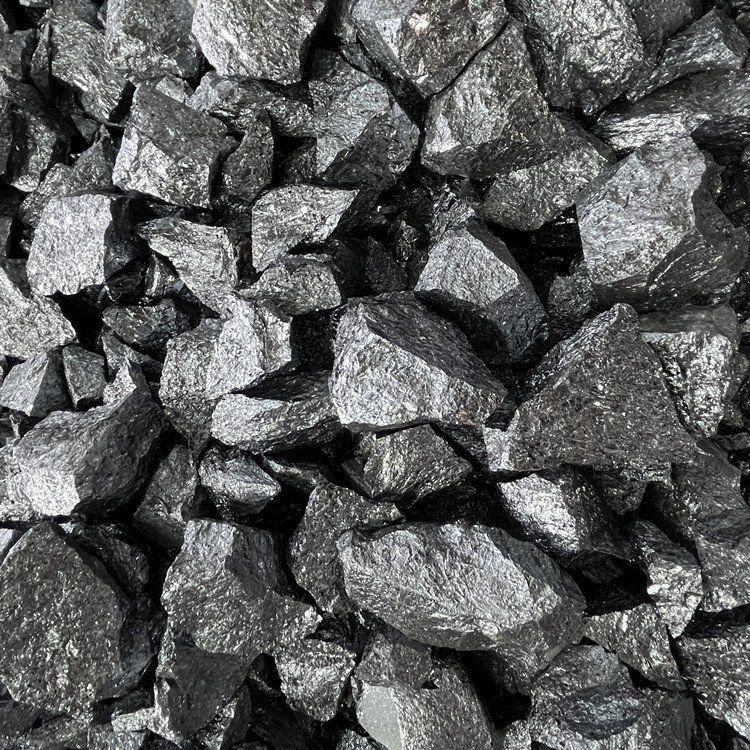
1. Understanding the Core Function: Why Use Si-Ca?
First, it’s essential to understand the roles Si-Ca plays in the steelmaking process:
【Powerful Deoxidation】:Calcium has a strong affinity for oxygen, forming calcium oxide (CaO). Silicon also acts as a deoxidizer. Together, they provide a synergistic effect, leading to cleaner steel with lower oxygen content.
【Desulfurization】:Calcium reacts with sulfur to form calcium sulfide (CaS), which is removed into the slag. This reduces the sulfur content, minimizing the risk of hot shortness and improving the steel’s mechanical properties.
【Inclusion Modification】:This is a critical function. Si-Ca treatment modifies the shape and composition of harmful alumina (Al₂O₃) inclusions, transforming them into liquid calcium aluminates. These globular inclusions are less detrimental to ductility, toughness, and machinability than hard, angular alumina clusters.
【Improving Fluidity】:By cleaning the melt and modifying inclusions, Si-Ca alloy improves the fluidity of liquid steel, which is particularly beneficial for continuous casting.
2. Key Selection Criteria for Silicon-Calcium Alloy
When evaluating Si-Ca suppliers and products, focus on the following parameters:
A. Chemical Composition
The most fundamental criterion. The typical Si-Ca alloy contains 55-65% Silicon and 28-35% Calcium.
【Calcium Content】: Higher calcium content generally means more effective deoxidation, desulfurization, and inclusion modification. However, it also increases the cost and makes the alloy more reactive (and prone to loss during addition).
【Silicon Content】:Silicon contributes to deoxidation and provides a source of silicon for grade adjustment.
【Impurity Levels】: Pay close attention to the levels of “Aluminum (Al)”, “Phosphorus (P)”, and “Sulfur (S)”. Low aluminum content is especially critical for many high-grade steel grades (e.g., tire cord, bearing steel) to prevent the formation of undesirable alumina inclusions. Low P and S are essential to avoid introducing these harmful elements.
B. Form and Size
The physical form of the alloy directly impacts its yield, handling, and feeding efficiency.
【Briquettes/Blocks】: Used for ladle furnace treatment. Their size and density help them sink deeper into the molten steel, improving calcium yield.
【Cored Wire (The Preferred Method)】: Si-Ca powder is encased in a steel strip. This method offers the highest recovery and efficiency, allowing for precise, controlled addition directly into the ladle. When selecting bulk alloy for wire injection, the particle size and consistency of the powder are critical.
【Lumps/Granules】:Used for furnace or ladle additions. The size must be carefully chosen to prevent floating on the slag or reacting too violently.
C. Calcium Yield and Recovery
This is an economic and technical performance indicator. Calcium has a low boiling point and high vapor pressure, meaning a significant portion can be lost to evaporation before it reacts. Factors affecting yield include:
【Addition Method】: Cored wire typically offers the highest yield (>15-20%), while conventional lump addition can be as low as 5-10%.
【Alloy Form】: Dense, well-sized briquettes have a better yield than porous granules.
【Steel Temperature】:Lower ladle temperatures favor higher calcium recovery.
D. Supplier Reliability and Consistency
A reputable supplier is non-negotiable. Look for a partner who can provide:
【Certified Mill Test Reports (MTRs)】:Ensuring every batch meets your chemical specifications.
【Consistent Quality】: Uniform composition and size from one delivery to the next is vital for stable and predictable steelmaking process control.
【Technical Support】:A good supplier understands steelmaking and can offer technical advice on optimal usage.
E. Cost-Effectiveness vs. Price
The cheapest option is often the most expensive in the long run. Calculate the “cost per unit of effective calcium” delivered into the steel, rather than just the price per ton of alloy. An alloy with a higher calcium content and better yield might have a higher upfront cost but a lower overall operational cost.
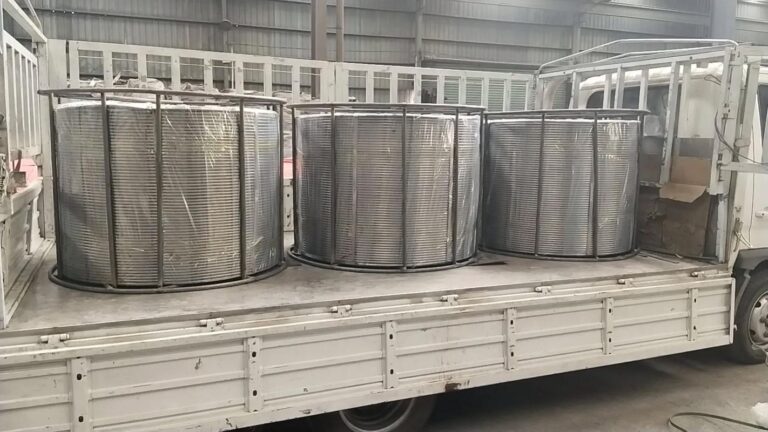
3. Making the Strategic Choice: A Summary
Your selection process should follow a logical flow:
1. Define Your Steel Grade Requirements:Are you producing low-carbon wire rod or high-grade bearing steel? The required steel cleanliness and inclusion control will dictate the necessary Si-Ca specification (especially impurity levels like Al).
2. Choose the Optimal Addition Method: For most modern secondary metallurgy processes, “cored wire” is the standard for its efficiency and control. Your choice of bulk alloy will then be determined by the wire filler specifications.
3. Specify the Chemical Composition:Set strict internal standards for Ca, Si, and most importantly, max limits for Al, P, and S.
4. Evaluate Suppliers: Partner with suppliers who can consistently meet your specs, provide certified documentation, and demonstrate technical expertise.
5. Perform a Total Cost Analysis: Factor in yield, efficiency gains from improved castability, and the value of higher-quality steel to determine the true cost-benefit
Conclusion
Selecting the right silicon-calcium alloy is a strategic decision that goes beyond a simple purchase order. It is an integral part of the quality control and process optimization chain. By meticulously evaluating the composition, form, supplier reliability, and true cost-effectiveness, steel producers can ensure they are not just buying an alloy, but investing in enhanced steel quality, production stability, and ultimately, greater market competitiveness.

